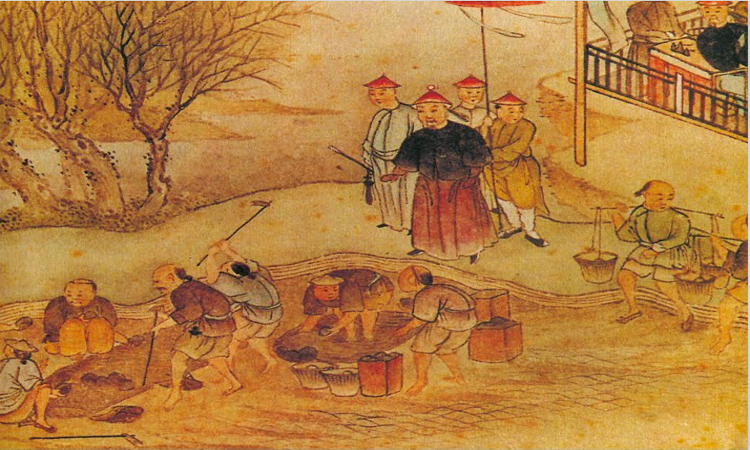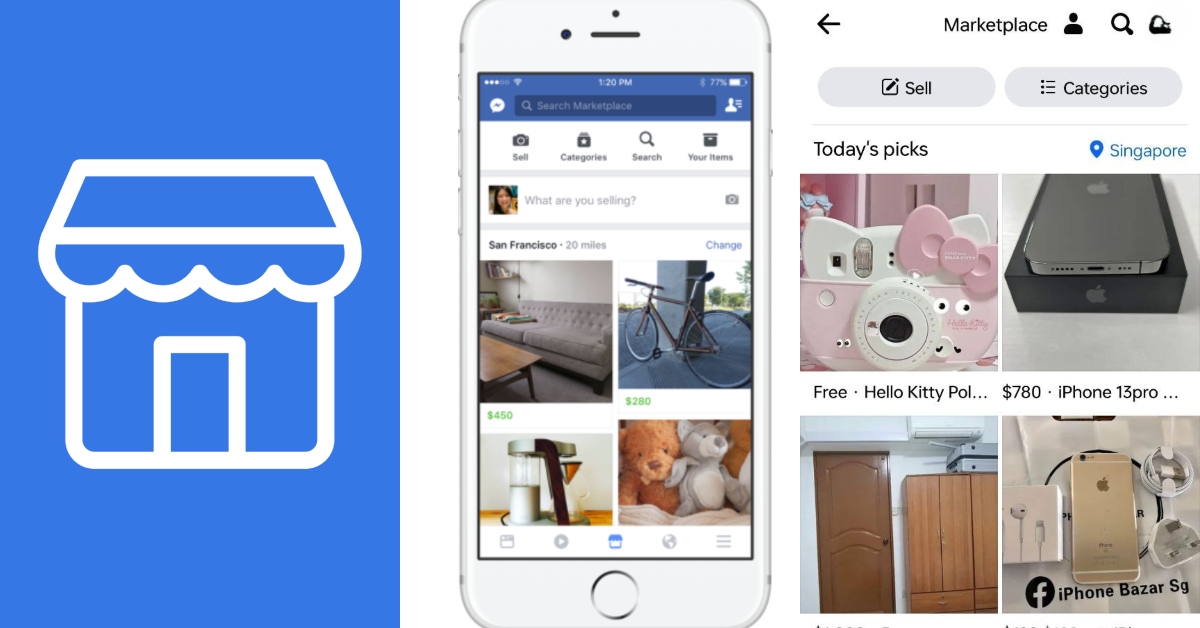Google has been giving us treats for years. Be it the popular country-specific doodles, the ever popular Android operating system, the possibility to visit the world via Google Earth, or the synonymous-with-video-sharing, YouTube. The latest gift (yes, a completely free gift) from Google is the hypnotising effect of glorious history – which previously could only be experienced at a museum – straight from our screens. Through Google Cultural Institute, the good old days of magnificent China can be felt (or witnessed) directly from your browser!
Google has recently introduced no less than 1400 images, spread over 48 different exhibitions, that all focus on the glorious past of one of the world’s first four advanced civilisations. They announced the launch on their official Google Plus account.

Also read: What Can You Do For The Philippines? Google Wants You To Show It Through Your Doodles!
With this new Google feature, you can explore museums in China such as the Opium War Museum, Pokfulam Village Cultural Landscape Conservation Group, Sanxingdui Museum, Nanyue King Mausoleum Museum, and the Hunan Provincial Museum.
Each of the exhibitions have dozens of pictures, helping you to grasp the nuances of the era or the event. Each exhibit is accompanied by a brief introduction, much like how the label on an artifact display would work in any museum. The Nanyue King Mausoleum Museum, for example, has 59 items in high-definition images with short notes. How rich those emperors were!

Google Cultural Institute is dedicated to bring all the wonders of art pieces, historical events, documents, eras, and people at one place. Presently, the collection has 177 exhibitions with 6,184,119 items listed with great details. To give you the finest museum viewing experience, it also has a Museum mode which the user can select. You can also view a slideshow of images with a single click. Personally, the best effect is achieved when you use the fullscreen slideshow. It’s like history is being played out right in front of your eyes.

Click on the ‘Details’ tab on the right to get information like object descriptions or a map view to the hosting museum. Or you can add it to your personal gallery using the (+) button for future viewing. What can’t you do with this site?
If you are interested in particular events, you can search for it easily via Collection, Created By, Medium, Event, Place, Person, Media Type, or Date. Among the well covered events are Nelson Mandela’s life and struggle, India, World War I, Atomic Bombing of Hiroshima and Nagasaki, and of course, American historical moments, including the American Civil War, slavery and other memorable events.

Can it replace the museums totally? Or will museums still be the place to go? While we don’t spend vacations on Google Earth, we still use it to enjoy the places where our wallets don’t permit us to visit. Perhaps Google Cultural Institute will do the same.








